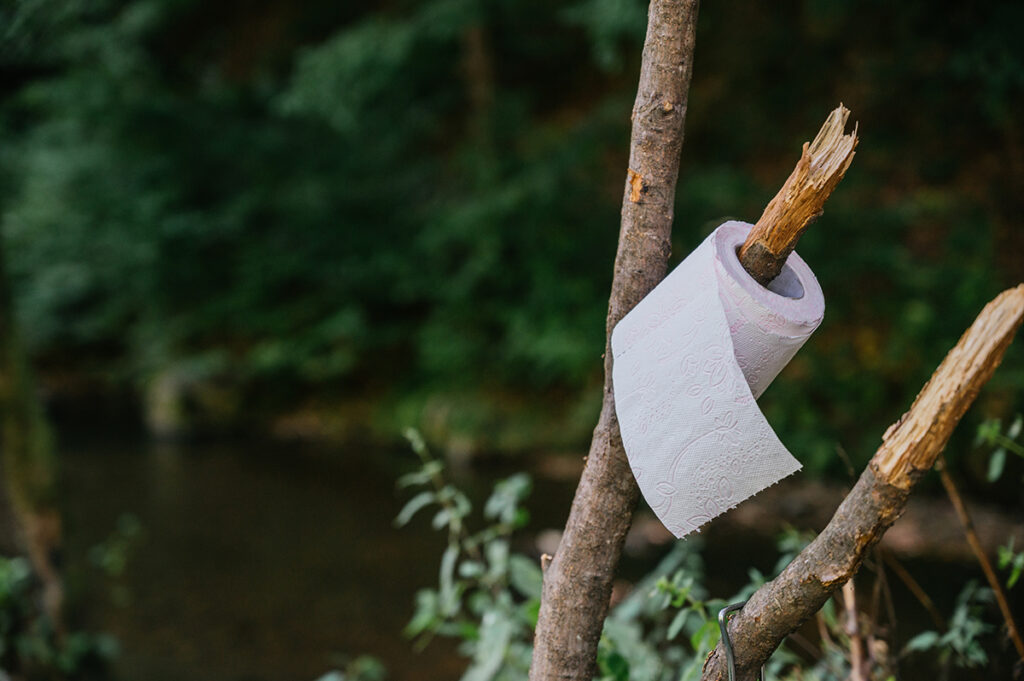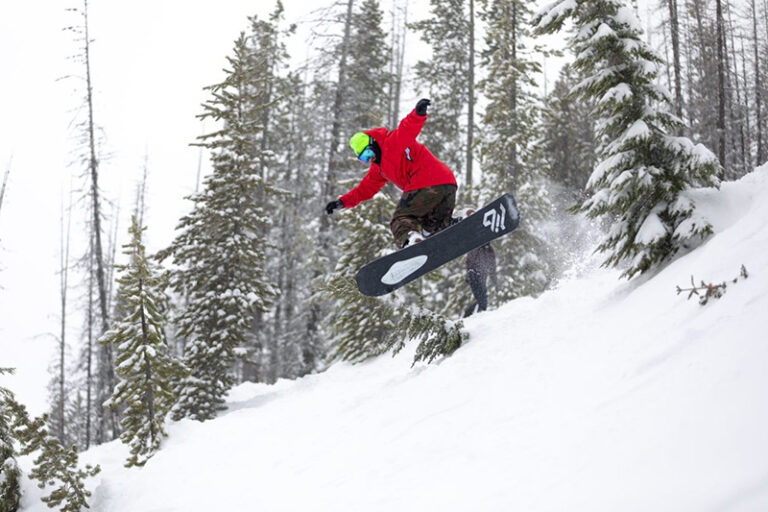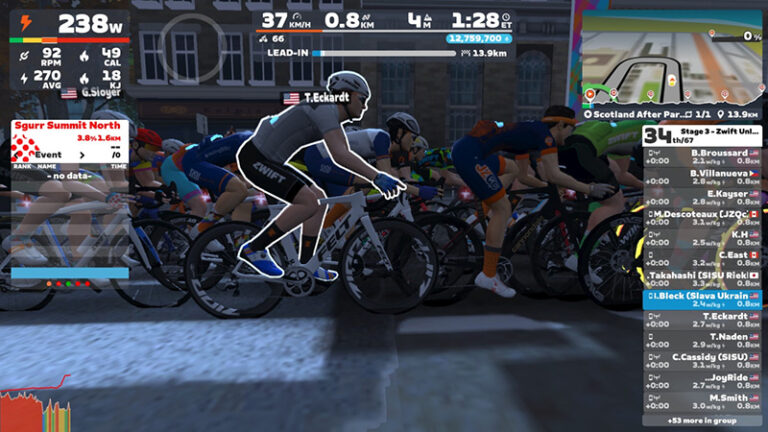By Holly Weiler
Let’s spend a moment thinking about an uncomfortable topic in order to improve everyone’s outdoor experience this summer: waste in the woods. Human excrement. Almost every outdoor enthusiast has likely come across a surface pile, possibly even accidently stepped in it, and it’s both unsightly and unsanitary. It’s also a growing problem at popular recreation sites across the region, but it is easily mitigated with a little advance planning.
If you’re not already, it’s time to pack a poop kit along with the rest of the 10 essentials. Being prepared to go outside makes it easy to take care of business properly, even in the event of an emergency situation. Many popular trailheads across our region lack a toilet, and the majority of backcountry recreation sites do not have outhouses. But pack a small trowel, anything from a small plastic gardening shovel to the fancier Deuce of Spades, and it’s easy to dig a “cathole” to bury your business. Keep it in a bag along with some hand sanitizer to clean up afterwards.
Distance matters when choosing the best location: distance from trails, campsites, and especially water. Be a minimum of 200 feet away from any of these, although considering how popular some backcountry locations can be and the ensuing circle of poop generated by so many visitors, it’s better to be generous with this distance. Remember that especially for backpackers, many of us are also filtering the water from nearby streams and lakes for drinking purposes, and human excrement deposited too close can lead to waterborne illnesses.

After distance, consider the depth needed when narrowing down the site. I avoid rocky areas and dense tree roots, since they can make it impossible to achieve the minimum 6-inch depth needed for a proper cathole. The goal is to dig a hole deep enough to accept the entire deposit, then leave it well-covered so that soil microbes can begin the sometimes-long process of breaking down the excrement. A too-shallow hole increases the chances of the poop getting dug up by animals or breaking down more slowly.
Regarding toilet paper, the best practice is to pack it out. Not everyone is there yet, and that’s okay: just make sure that it’s only toilet paper if deciding to bury it (and it must be buried, not left as unsightly Charmin flowers). Wet wipes do not break down and are frequently scented (which attracts wildlife), so should always be packed out. All feminine hygiene products should also be bagged, packed out, and disposed of properly in the trash at home.
Dog poop bags are the easiest, most readily available means of doing so, and can be double bagged inside a large Ziplock for extra insurance against odors or contamination. Taking these steps will help keep our favorite places clean (and sanitary) for everyone.













